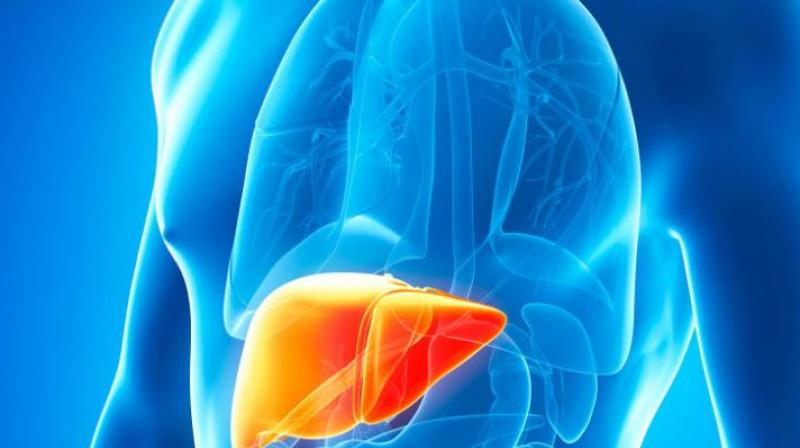Scientists explain link between fatty liver, diabetes & PCOS

Washington: A team of scientists has discovered an enzyme that increases male hormones and metabolic complications - Type-2 diabetes and fatty liver disease - in women with Polycystic Ovary Syndrome (PCOS).
The researchers found an enzyme, AKR1C3---that activates male hormone in the fat tissue of women with PCOS---has been identified, which could rise the risk of metabolic health complications, including Type-2 diabetes and fatty liver disease. According to researchers from the University of Birmingham, the enzyme "causes increased activation of male hormones" in women with PCOS.
In addition to irregular periods and often impaired fertility, PCOS women regularly have high levels of male hormones, also termed androgens, circulating in their blood. These are known to cause problems with increased male-pattern body hair growth and acne.
Women with PCOS often have higher levels of male hormones circulating in the blood and the study has showed that hormones in abdominal fat tissue far exceed those measured in their blood. Lead study author Wiebke Arlt said that the increased activation of male hormones, which lead to increased build-up of lipid droplets in the fat cells and, eventually, to fatty acid overspill into the circulation.
Arlt explained that the fat cells become less responsive and greater levels of insulin are produced. This increased insulin then leads to even higher levels of AKR1C3.
Another researcher Dr Michael O'Reilly explained that the study is particularly exciting because it highlights the role that body fat plays in generating excess male hormones in PCOS women, which then act locally to disrupt the ability of the body's fat to store lipid effectively. "The finding provides a new treatment that reduces the risk of diabetes and fatty liver disease in women with PCOS," O'Reilly said. The study appears in the journal of Clinical Endocrinology & Metabolism.

